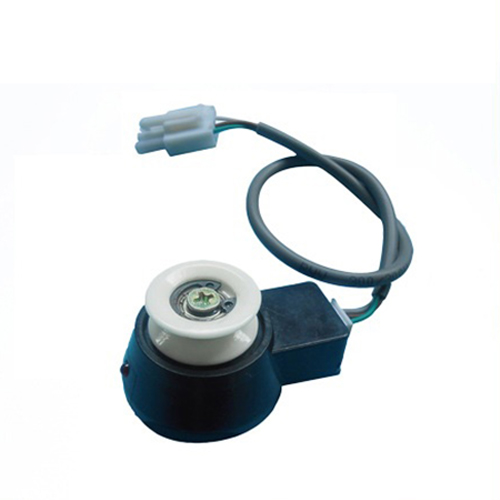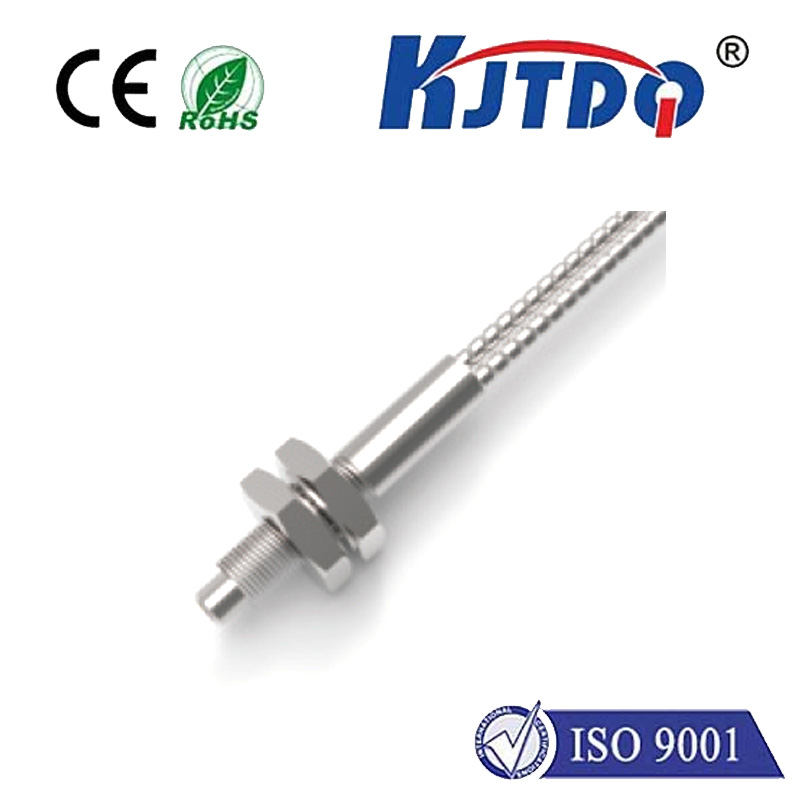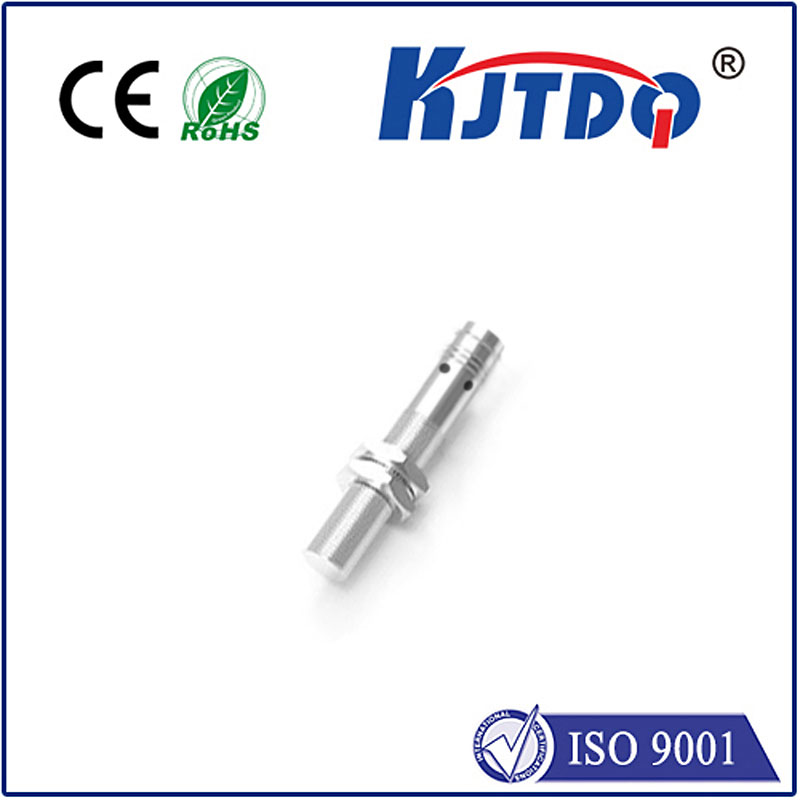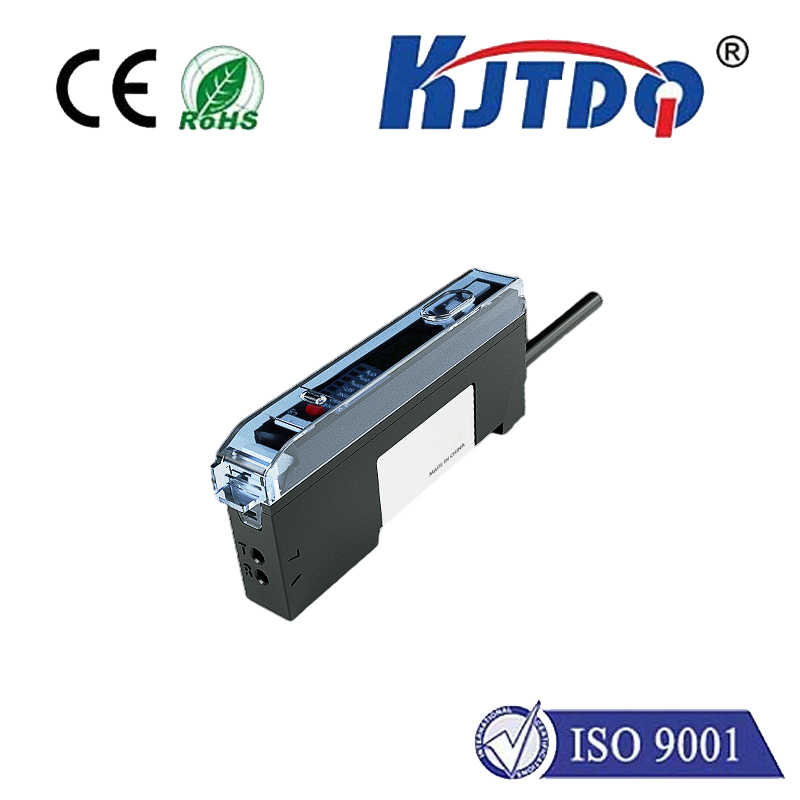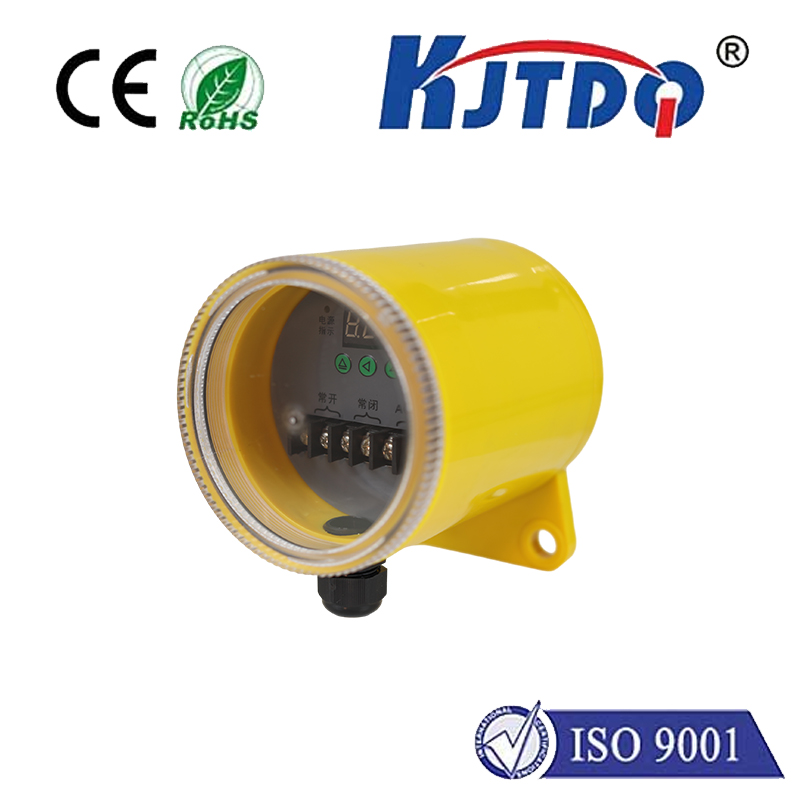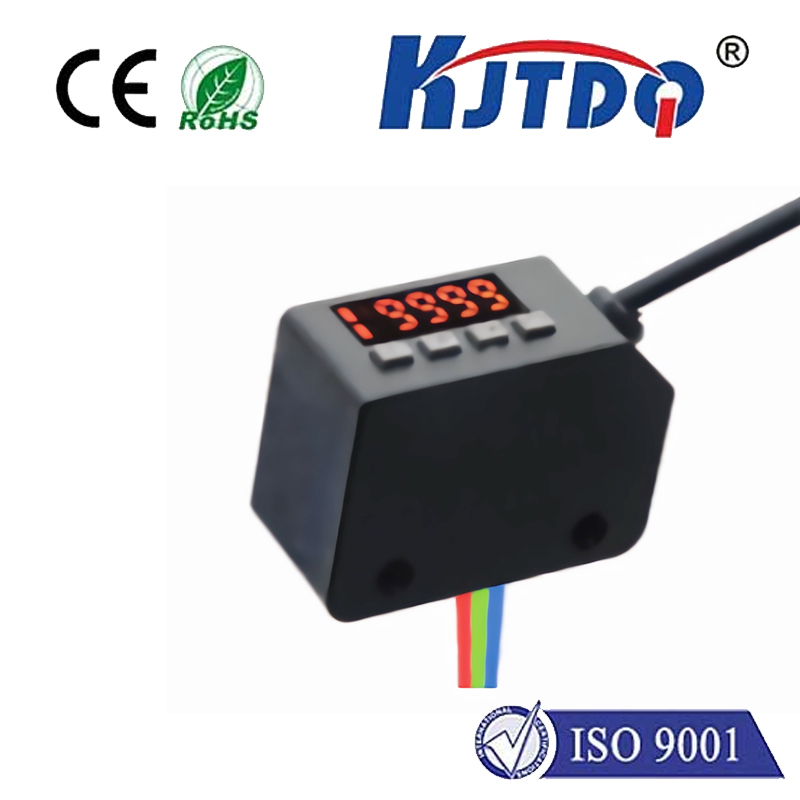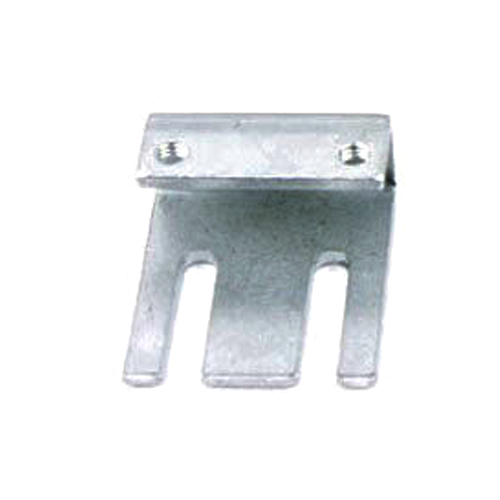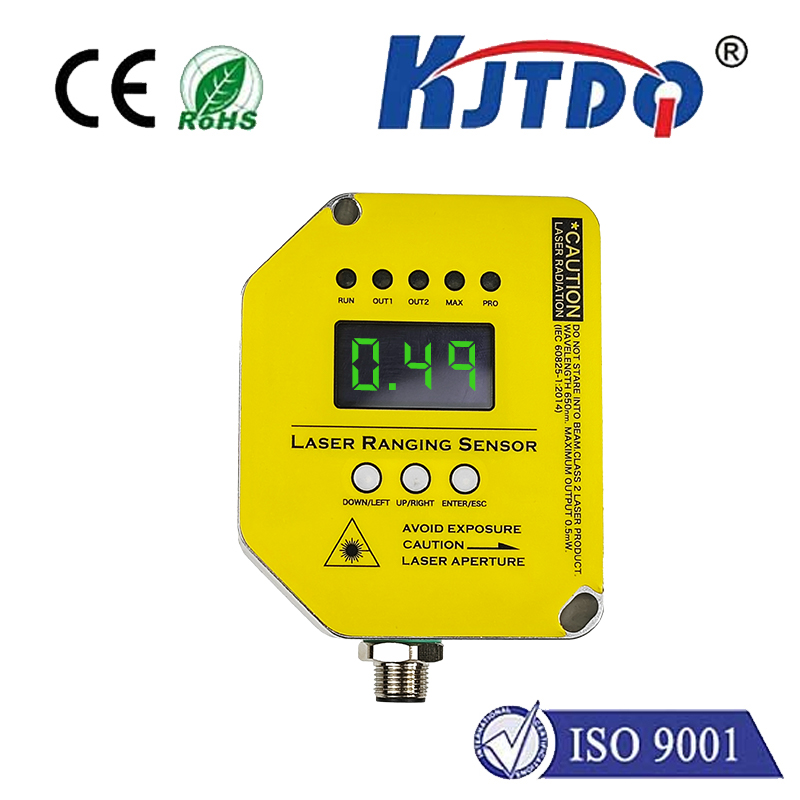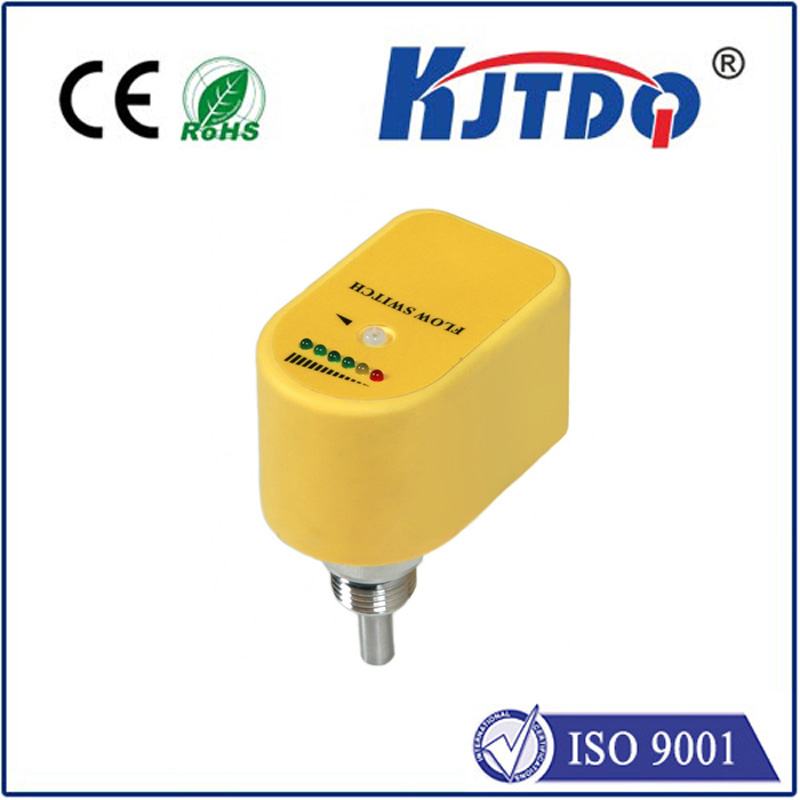

check

check

check

check

check

check

check

check

check

check
Have you ever been in a situation where you needed to know not just where something is, but exactly how close it is to you? Picture this: You’re a busy warehouse manager tracking high-value shipments. Instead of frantically scanning screens, a subtle alert buzzes on your device—your GPS proximity sensor has detected that a delivery truck is precisely 100 meters away and approaching fast. This isn’t sci-fi; it’s the seamless fusion of GPS technology and proximity detection that’s reshaping industries from logistics to personal safety. GPS proximity sensors are revolutionizing how we monitor and interact with our surroundings, offering pinpoint accuracy in a world thirsty for smarter, location-based insights.
At its core, a GPS proximity sensor combines the global positioning system (GPS) with advanced proximity sensing components to deliver real-time data on an object’s location and relative distance. GPS provides satellite-based coordinates to pinpoint an exact position on Earth, while proximity sensors—typically infrared, ultrasonic, or radio-frequency (RF) devices—measure how near or far something is by detecting physical presence or movement. When integrated, these systems work in tandem: GPS determines the “where,” and proximity sensors add the “how close,” enabling highly contextual awareness. For instance, in smart urban environments, this dual approach allows traffic systems to dynamically reroute vehicles based on real-time congestion, reducing delays and emissions. The beauty lies in its versatility—users can set customizable thresholds, such as triggering alerts when an asset moves within a 10-meter radius, making it ideal for everything from asset tracking to crowd control.

This technology thrives on synergy. GPS modules, often embedded in devices like smartphones or IoT trackers, continuously fetch location data from satellites, while proximity sensors emit signals (like RF waves) and analyze reflections to estimate distance. Sensor fusion algorithms then merge this data, filtering out noise to ensure high reliability even in challenging environments—think dense forests or urban canyons where GPS signals might waver. Innovations like Bluetooth Low Energy (BLE) beacons enhance this further, allowing sensors to create local “geofences” that activate only when objects breach predefined zones. As a result, applications are exploding. In healthcare, for example, GPS proximity sensors help monitor vulnerable patients by alerting caregivers if someone wanders beyond a safe perimeter—a lifesaver for dementia care. The logistics sector sees dramatic efficiency gains: Fleets equipped with these sensors optimize routes by detecting nearby deliveries, cutting fuel costs by over 20% in some cases. Even consumer markets benefit; smart home systems use them to unlock doors automatically as residents approach, blending security with convenience.
The advantages of GPS proximity sensors are undeniable. They offer unprecedented precision compared to standalone systems, reducing false alarms and boosting safety. For instance, in wildlife conservation, researchers attach sensors to track endangered species, receiving alerts if animals stray too close to human habitats. This not only protects biodiversity but also demonstrates the environmental impact through data-driven insights. Energy-wise, many modern sensors are low-power, ensuring longevity in remote deployments. However, challenges exist. Privacy concerns arise with constant location tracking—users must balance utility with consent through robust data encryption and anonymization protocols. Additionally, signal interference can occasionally affect accuracy, but ongoing advancements in AI-driven calibration are mitigating this, paving the way for even smarter systems.
Looking ahead, the future of GPS proximity sensors is brimming with potential. As 5G networks expand and edge computing rises, we’ll see faster, more decentralized processing for instant decision-making. Imagine a world where autonomous vehicles navigate autonomously by detecting pedestrians via embedded sensors, or cities manage public events with crowd-sensing drones. Emerging trends like IoT integration promise wider adoption, from retail stores personalizing offers as shoppers near displays to agricultural drones monitoring crop health in real-time. To maximize benefits, industries should focus on scalable, ethical implementations—ensuring these tools empower rather than intrude.
In essence, GPS proximity sensors are more than just gadgets; they’re intelligent enablers bridging the gap between digital and physical realms. By harnessing their capabilities thoughtfully, we unlock safer, more responsive ecosystems that anticipate our needs before we do. (Word count: 892)
